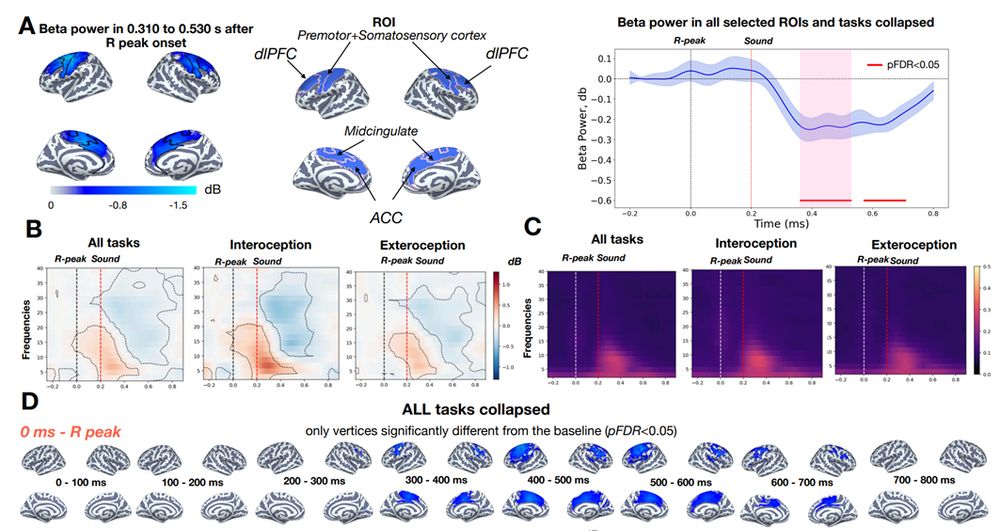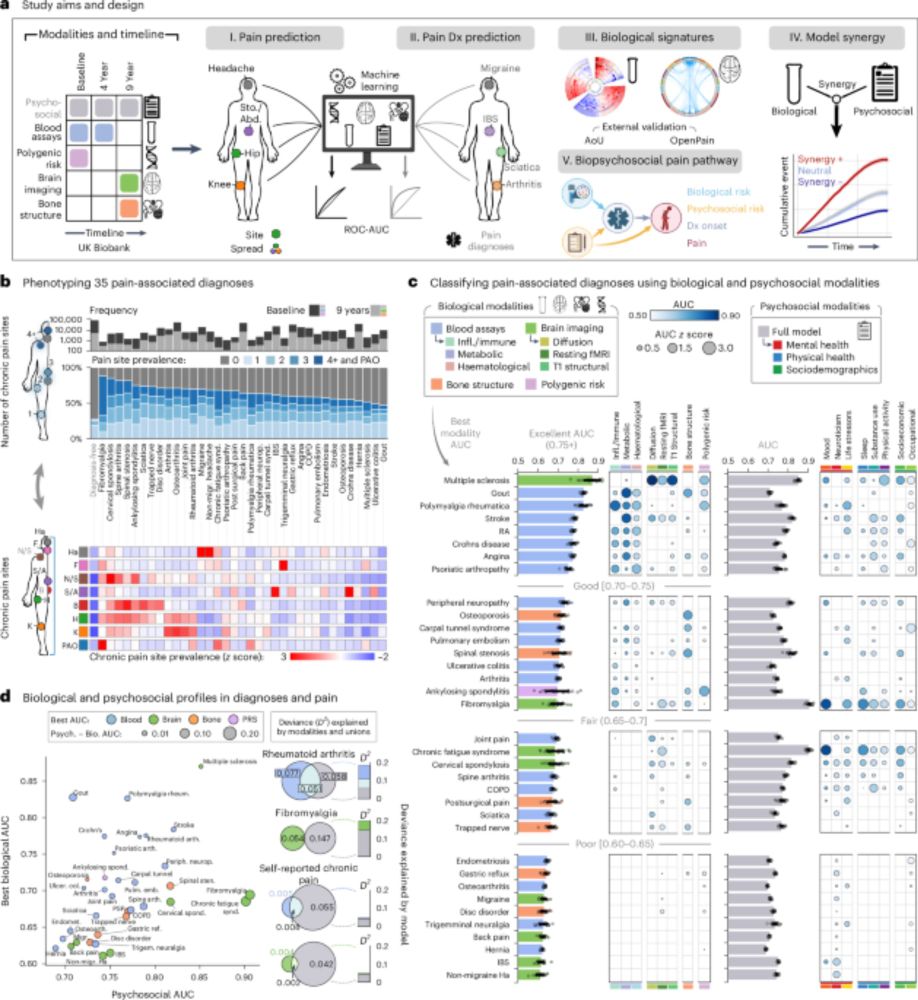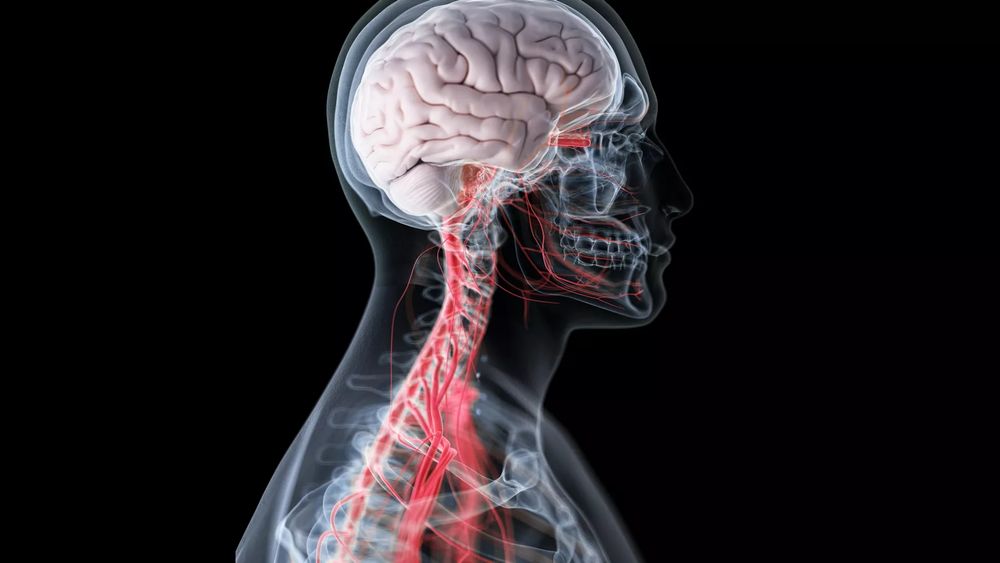
PhD student at Human Emotional Systems Lab 🙂🙃 @ Turku PET Center


The #brain & the rest of the #body (e.g. the #heart) are coupled.
Yet, we spelled it out
w/ A. Villringer & V. Nikulin for current scientists (below)
w/ @martager.bsky.social @agatapatyczek.bsky.social @el-rei.bsky.social for future scientists bsky.app/profile/mart...
by Arno Villringer, Vadim Nikulin & Michael Gaebler @mbe-lab.bsky.social @michaelgaebler.com @mpicbs.bsky.social sky.social
www.cell.com/trends/neuro...


The #brain & the rest of the #body (e.g. the #heart) are coupled.
Yet, we spelled it out
w/ A. Villringer & V. Nikulin for current scientists (below)
w/ @martager.bsky.social @agatapatyczek.bsky.social @el-rei.bsky.social for future scientists bsky.app/profile/mart...

Excited to present WHOLISTIC, which extends the concept of whole-brain functional imaging to the entire body. Pioneering work by incredibly talented Virginia Ruetten @vmsruetten.bsky.social, this platform reveals whole-organism cellular dynamics in vivo.
www.biorxiv.org/content/10.1...
Excited to present WHOLISTIC, which extends the concept of whole-brain functional imaging to the entire body. Pioneering work by incredibly talented Virginia Ruetten @vmsruetten.bsky.social, this platform reveals whole-organism cellular dynamics in vivo.
www.biorxiv.org/content/10.1...


brain: If you are interested in #psychedelics and #emotions, take a look at our new paper: authors.elsevier.com/sd/article/S.... With Flora Moujaes, @nathalierieser.bsky.social, Lydia Belinger, Marcus Herdener, & Zarmeen Zahid. Just published in TICS.
brain: If you are interested in #psychedelics and #emotions, take a look at our new paper: authors.elsevier.com/sd/article/S.... With Flora Moujaes, @nathalierieser.bsky.social, Lydia Belinger, Marcus Herdener, & Zarmeen Zahid. Just published in TICS.


Pultsina, Parviainen, Karjalainen
bioRxiv 2025.06.24.660939; doi.org/10.1101/2025...

Pultsina, Parviainen, Karjalainen
bioRxiv 2025.06.24.660939; doi.org/10.1101/2025...

👉 Injury/disease doesn't reliably predict pain
👉 Biomarkers alone can't explain pain
👉 PSYCHOSOCIAL factors reliably determine chronic pain
👉 Painful conditions can be predicted from the SYNERGY btwn bio + psychosocial factors
www.nature.com/articles/s41...

👉 Injury/disease doesn't reliably predict pain
👉 Biomarkers alone can't explain pain
👉 PSYCHOSOCIAL factors reliably determine chronic pain
👉 Painful conditions can be predicted from the SYNERGY btwn bio + psychosocial factors
www.nature.com/articles/s41...
I arrived at the conclusion that (1) there's a lot of interesting stuff about interactions and (2) the figure I was looking for does not exist.
So, I made it myself! Here's a simple illustration of how to control for confounding in interactions:>

I arrived at the conclusion that (1) there's a lot of interesting stuff about interactions and (2) the figure I was looking for does not exist.
So, I made it myself! Here's a simple illustration of how to control for confounding in interactions:>
"Unreal? A Behavioral, Physiological & Computational Model of the Sense of Reality" is out!
The result of 4 years of incredible teamwork👇
www.biorxiv.org/content/10.1...

"Unreal? A Behavioral, Physiological & Computational Model of the Sense of Reality" is out!
The result of 4 years of incredible teamwork👇
www.biorxiv.org/content/10.1...
www.nature.com/articles/s41...
@maramather.bsky.social
#neuroscience

Frith & Frith, Current Directions in Psychology journals.sagepub.com/doi/epub/10....

Frith & Frith, Current Directions in Psychology journals.sagepub.com/doi/epub/10....
Our (@gabmackie.bsky.social) new paper in eClinicalMedicine explores lived experiences and patient priorities for interoception research. 🧵1/n
www.sciencedirect.com/science/arti...
Our (@gabmackie.bsky.social) new paper in eClinicalMedicine explores lived experiences and patient priorities for interoception research. 🧵1/n
www.sciencedirect.com/science/arti...
Excited to share our new perspective paper with Niclas Kaiser
📝 “The ConNECT approach: toward a comprehensive understanding of meaningful interpersonal moments in psychotherapy and beyond”
🔗 Read it here: doi.org/10.3389/fnhu...

Excited to share our new perspective paper with Niclas Kaiser
📝 “The ConNECT approach: toward a comprehensive understanding of meaningful interpersonal moments in psychotherapy and beyond”
🔗 Read it here: doi.org/10.3389/fnhu...

